Photography is a versatile art form that allows us to capture and preserve moments in time. With advancements in technology, the world of photography has expanded, giving rise to various photography types. Understanding these different genres not only broadens our knowledge but also enables us to develop our skills and find our creative niche. In this article, we will explore the diverse realms of photography and delve into the intricacies of each type.
Portrait Photography
Portrait photography is a captivating genre that focuses on capturing the essence and personality of individuals. With careful composition and attention to detail, portrait photographers strive to immortalize their subjects. To achieve compelling portraits, photographers employ techniques such as shallow depth of field to isolate the subject from the background, creating a visually striking image. The choice of lens plays a crucial role in portrait photography, with prime lenses offering a wide aperture for beautiful bokeh and sharpness. Understanding the interplay of light and shadow is also essential, as it can dramatically enhance the mood and aesthetics of the portrait.
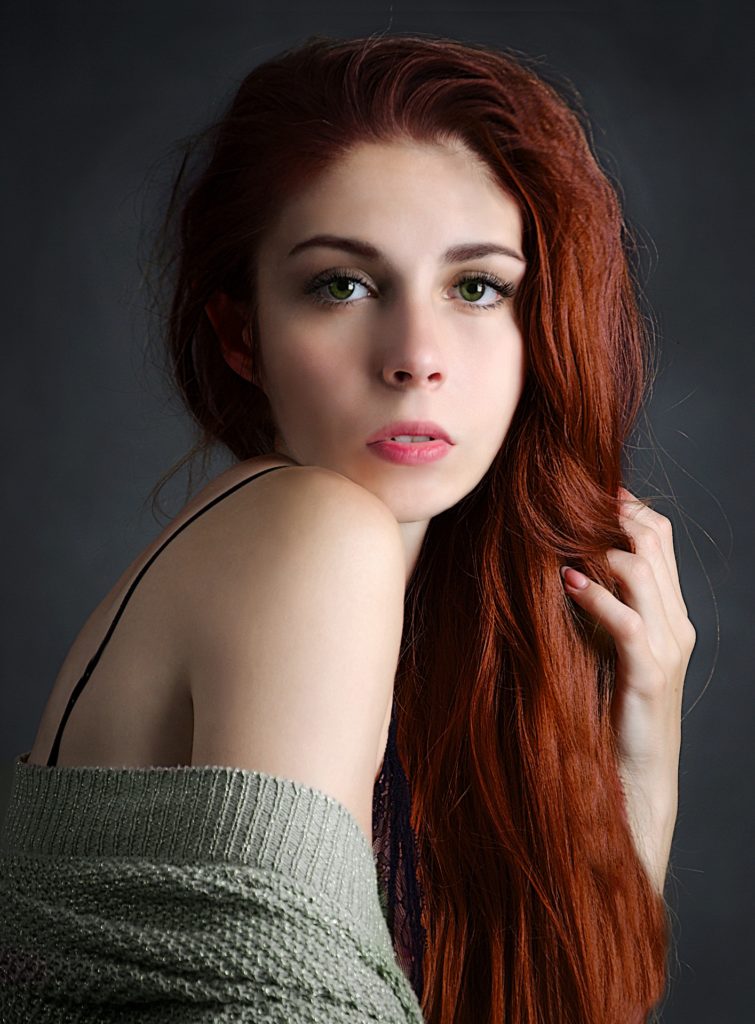
Landscape Photography
Landscape photography allows us to marvel at the beauty of nature and capture breathtaking vistas. It encompasses vast mountains, serene seascapes, sprawling fields, and everything in between. To embark on a successful landscape photography journey, one must equip themselves with the necessary gear, including a sturdy tripod to ensure stability and a wide-angle lens to encompass the expansive scenes. Composition is paramount in landscape photography, with the rule of thirds and leading lines helping to create balanced and visually engaging images. Additionally, the use of filters, such as graduated neutral density filters, can assist in balancing the exposure between the sky and the land, resulting in well-exposed photographs.
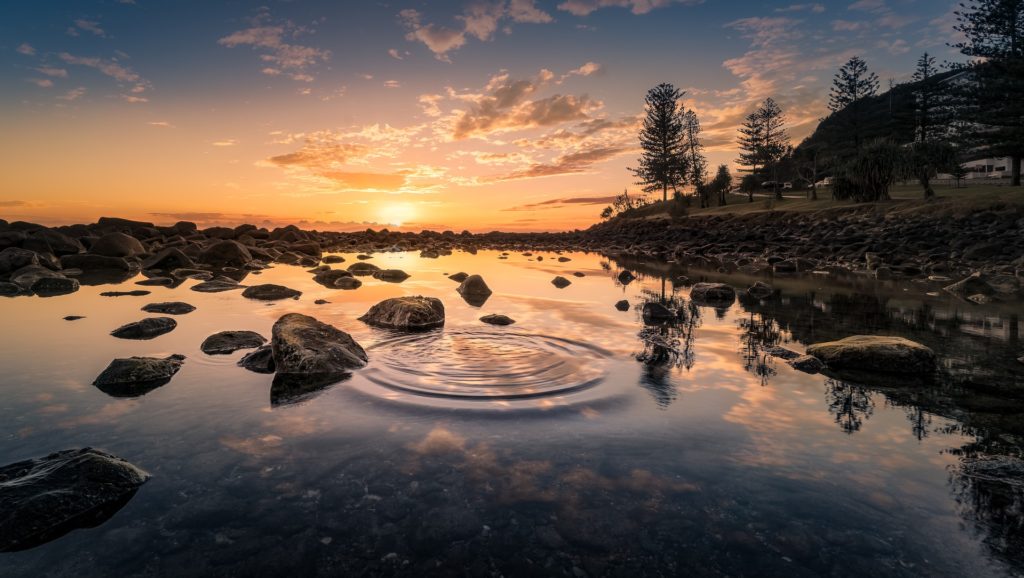
Wildlife Photography
Wildlife photography takes us into the heart of the animal kingdom, allowing us to witness and capture the wonders of the natural world. Photographing wildlife requires patience, observation, and a deep understanding of animal behavior. A telephoto lens with a long focal length is a vital tool for wildlife photographers, as it allows them to photograph animals from a safe distance without disturbing their natural habitats. Wildlife photographers must also be adept at anticipating and capturing fleeting moments, such as the precise moment a predator catches its prey or an animal’s subtle expression that conveys emotion. It is crucial to approach wildlife photography with ethical considerations, ensuring that our presence does not harm or disrupt the delicate balance of nature.

Street Photography
Street photography is a candid and dynamic genre that captures everyday life in public spaces. It is an art form that requires photographers to observe and document moments as they unfold naturally. With its roots in documentary photography, street photography provides a glimpse into the human experience, depicting a range of emotions, interactions, and societal observations. Street photographers often employ inconspicuous equipment, such as small mirrorless cameras, to blend into the environment and capture authentic moments without drawing attention. Engaging with subjects and respectfully seeking their permission, when appropriate, ensures ethical practices and creates a connection between the photographer and the subject.
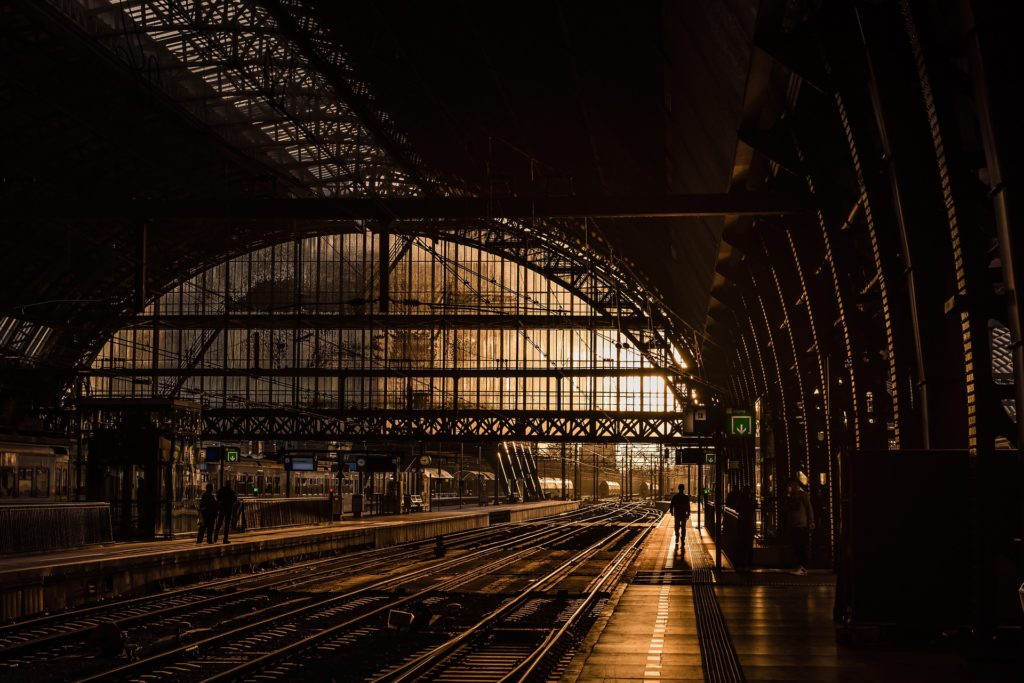
Macro Photography
Macro photography offers a mesmerizing glimpse into the intricate world of small subjects. From delicate flowers to minute insects, macro photography unveils the hidden beauty that often goes unnoticed. To excel in this genre, photographers must invest in specialized macro lenses or extension tubes, enabling them to achieve a 1:1 magnification ratio. Lighting plays a crucial role in macro photography, with techniques such as diffused light or the use of reflectors helping to illuminate the subject and reveal its intricate details. Achieving precise focus is paramount, as even the slightest movement can drastically affect the sharpness in macro images. Patience, attention to detail, and a keen eye are essential attributes for successful macro photographers.

Fashion Photography
Fashion photography encapsulates the glamorous worldof haute couture, style, and trends. It involves showcasing clothing, accessories, and models in a visually appealing and captivating manner. To create striking fashion images, photographers must pay attention to every detail, from the model’s pose and expression to the clothing’s texture and fit. Collaboration with a team comprising models, stylists, makeup artists, and fashion designers is often integral to achieving the desired aesthetic. Post-processing techniques, such as retouching and color grading, can further enhance fashion photographs, ensuring that they align with the brand’s vision and convey a distinct style.
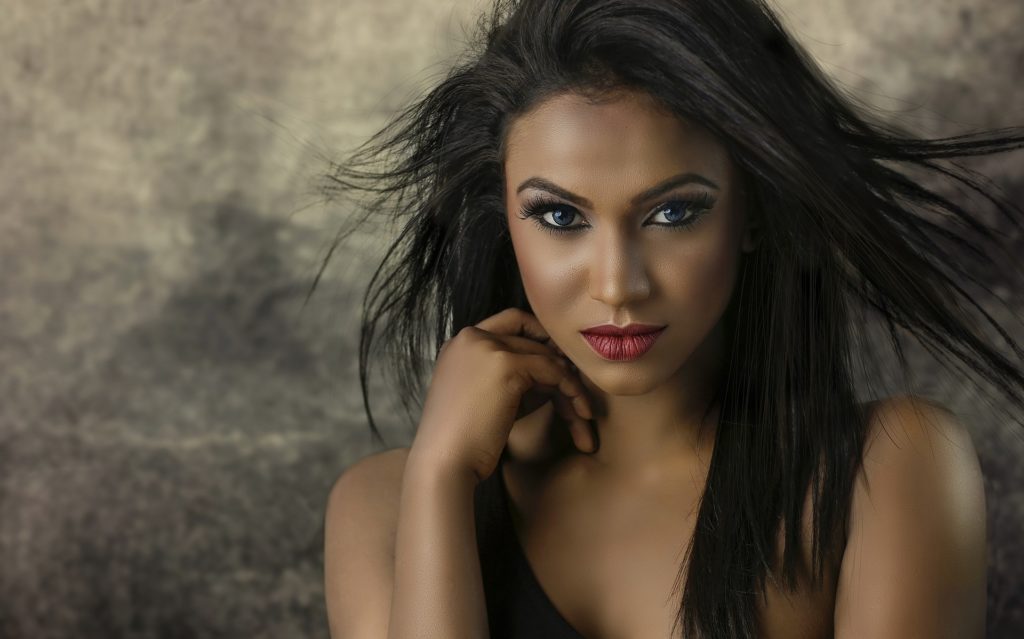
Sports Photography
Sports photography is a thrilling genre that captures the intensity, athleticism, and emotion of sporting events. Photographers must possess a deep understanding of the sport they are documenting to anticipate and freeze impactful moments. Fast and accurate autofocus systems, coupled with high burst rates, are essential features in sports photography gear. By utilizing techniques such as panning, photographers can convey a sense of movement and dynamism. Additionally, storytelling plays a vital role in sports photography, as photographers aim to capture not only the action but also the emotions and narratives unfolding on the field or court.
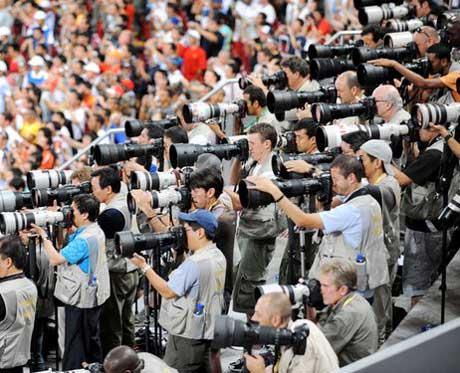
Documentary Photography
Documentary photography is a powerful tool for storytelling and raising awareness about social issues, cultural events, and historical moments. It aims to document reality and provide a visual narrative that evokes emotions and prompts reflection. Documentary photographers immerse themselves in their subjects’ lives, building trust and capturing authentic moments. Essential gear for documentary photography includes versatile lenses, such as zoom lenses, that allow photographers to adapt quickly to various situations. Ethical considerations and respect for the subjects are paramount, as photographers have a responsibility to accurately represent the people and events they document.

Fine Art Photography
Fine art photography is a form of artistic expression that transcends the boundaries of reality and delves into the realms of imagination and creativity. It enables photographers to explore unique concepts, experiment with different techniques, and evoke emotions through their images. Fine art photographers often seek unconventional perspectives, employ long exposure techniques, or incorporate post-processing methods to create distinct and evocative visual effects. Presentation and showcasing play a crucial role in fine art photography, as the display and interpretation of the photographs contribute to the overall impact and reception of the artwork.
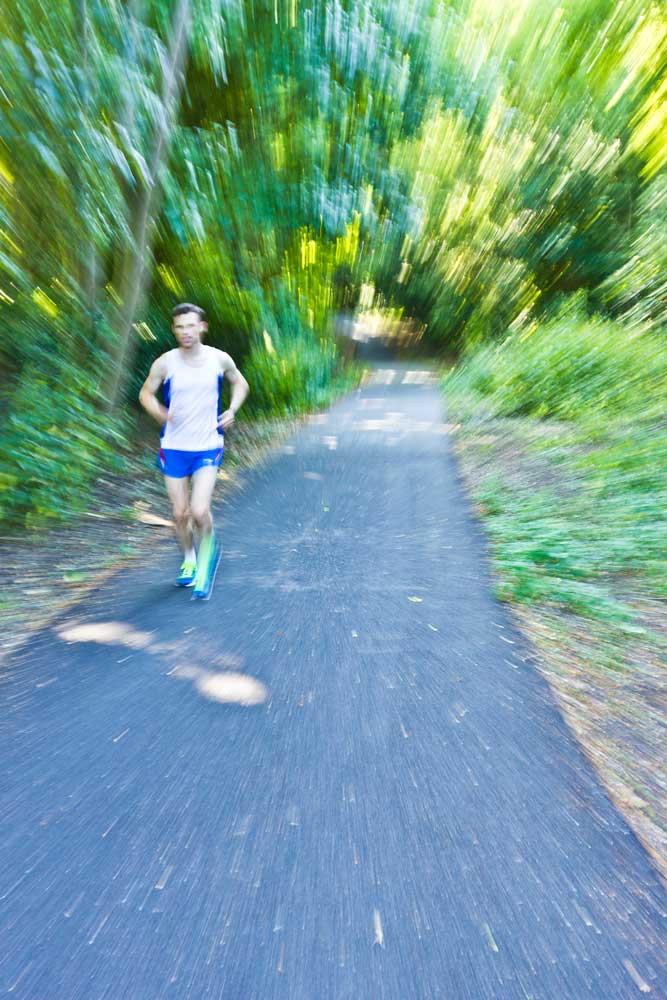
Architectural Photography
Architectural photography focuses on capturing the beauty, design, and details of buildings and structures. It encompasses both interior and exterior photography, showcasing architectural features, materials, and spatial relationships. To capture captivating architectural images, photographers must choose suitable lenses, such as tilt-shift lenses, which minimize distortion and ensure straight lines. Composition techniques, such as utilizing leading lines or incorporating human elements for scale, help create visually engaging photographs. Overcoming challenges, such as limited access or adverse lighting conditions, requires creative problem-solving and a meticulous approach to capture the essence of architectural masterpieces.

Astrophotography
Astrophotography takes us on a celestial journey, unveiling the wonders of the night sky. It involves capturing stars, galaxies, planets, and other astronomical phenomena. Photographing the night sky requires specialized equipment, including a sturdy tripod, a fast wide-angle lens, and a star tracker for capturing long-exposure images. Understanding the impact of light pollution and planning photo shoots in areas with minimal interference are essential for achieving clear and captivating astrophotographs. Post-processing techniques, such as stacking multiple exposures, can enhance details and reveal the intricate beauty of the cosmos.
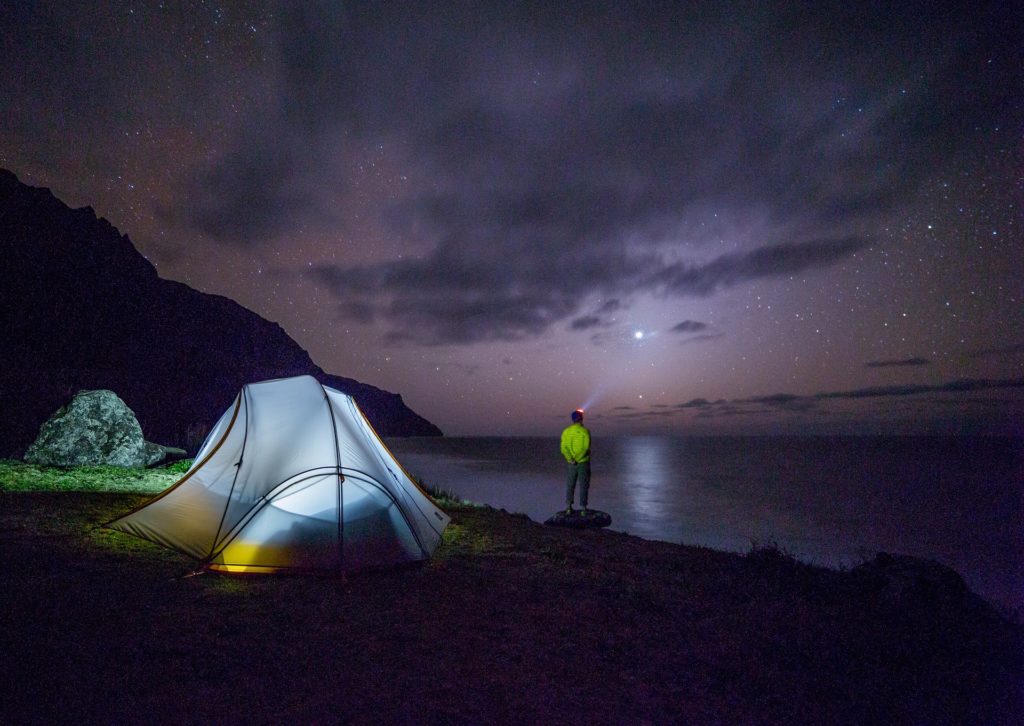
Aerial Photography
Aerial photography offers a unique perspective by capturing images from elevated viewpoints, often utilizing drones or aircraft. It allows photographers to showcase landscapes, cityscapes, or even abstract compositions from a bird’s-eye view. Aerial photographers must familiarize themselves with local regulations and safety guidelines to ensure responsible and lawful drone operations. Choosing the right equipment, such as drones with high-resolution cameras, is crucial for capturing sharp and detailed aerial images. Composition plays a significant role in aerial photography, as photographers must carefully frame their shots to create compelling compositions that highlight patterns, symmetry, or the relationship between elements on the ground. Aerial photography provides a fresh and awe-inspiring way to appreciate the world around us, offering a new perspective on familiar landscapes.

Underwater Photography
Underwater photography immerses us in the captivating realm beneath the waves, revealing the vibrant colors and diverse marine life. It requires specialized gear, such as waterproof camera housings, underwater strobes, and wide-angle or macro lenses designed for underwater use. Understanding the unique lighting and color challenges underwater is essential for capturing accurate and visually stunning images. Buoyancy control and diving skills are also important to navigate underwater environments safely and capture the desired subjects. As ambassadors of the ocean, underwater photographers must prioritize ethical practices, respecting marine life and advocating for the preservation of underwater ecosystems.

Black and White Photography
Black and white photography transcends time and conveys a sense of timelessness and artistry. It focuses on shape, form, texture, and contrast, allowing photographers to create visually striking and emotive images. In black and white photography, photographers must learn to see the world in shades of gray, envisioning how different elements will translate into monochrome tones. Techniques such as high contrast, low-key or high-key lighting, and selective exposure control can be employed to achieve the desired aesthetic. Black and white photography encourages photographers to explore the interplay of light and shadow, uncovering hidden details and evoking a unique visual narrative.
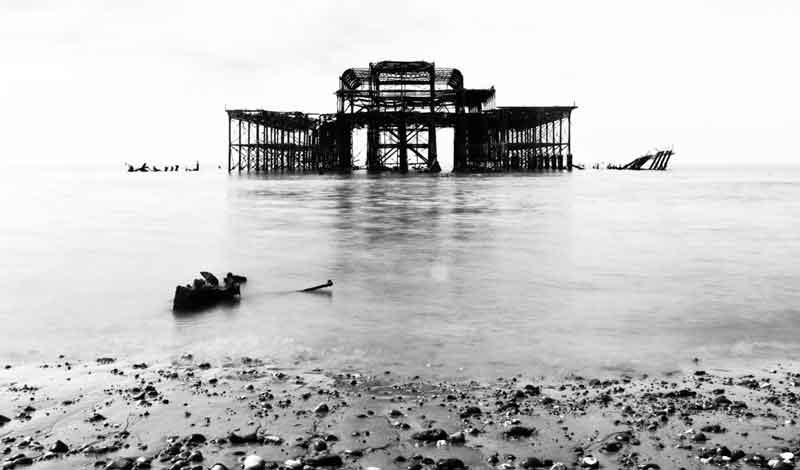
Conclusion
Photography offers a myriad of possibilities for creative expression, and understanding the various photography types allows us to delve deeper into our artistic journeys. Whether it’s capturing the emotions of a portrait, the grandeur of landscapes, the captivating moments on the streets, or the beauty of the natural world, each genre presents its unique challenges and rewards. By exploring these different types of photography, photographers can broaden their skills, develop their artistic vision, and embark on a continuous quest for self-expression. So, grab your camera, choose your genre, and embark on a photographic adventure that will captivate and inspire.